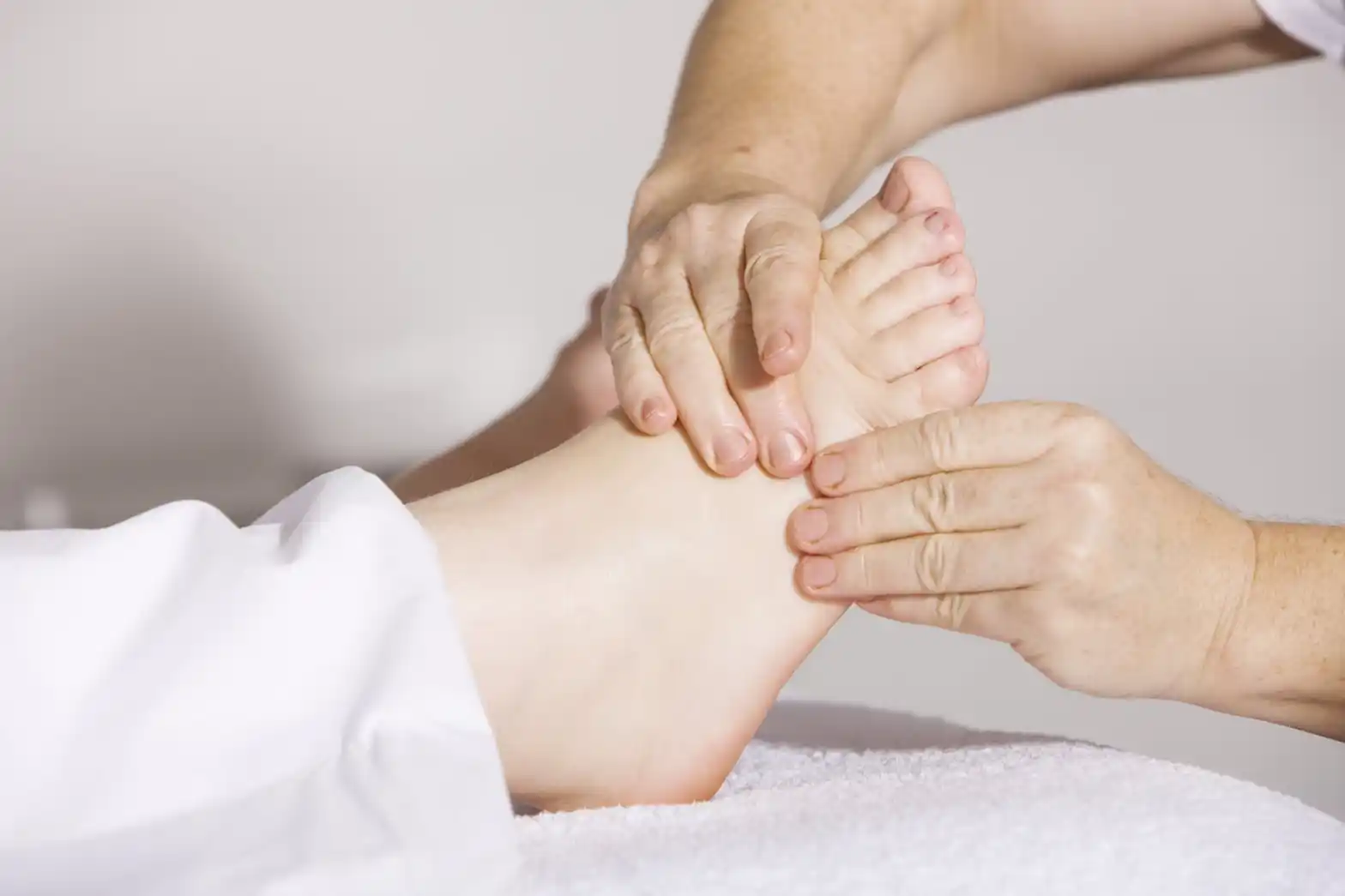Many many years ago I was just starting to explore reflexology. I’ve been a life-long fan of massage and holistic health in general, so to me this was just another therapy to try. It felt like a unique type of foot massage / touch therapy to me. I felt amazingly calm and felt my nerves kick it down a notch.
As an autoimmune disease person with anxiety issues, I found this profoundly helpful. I also started noticing that my bowels were functioning better and my sinuses drained… getting rid of that constant head pressure and groggy feeling. Can you say…. Ahhhh
I started going regularly and noticed that the calm feeling started to take, and it took more to rattle my nerves. I felt less fatigue and less brain fog overall. As time went on with my regular weekly or biweekly sessions, I felt that I was able to space out my sessions, and keep myself even keeled with yoga/meditation/breathing in the mean time.
This, of course, led to some reading / research. Come to find out…. reflexology is not massage after all. It may feel like massage, but in principle it’s actually more like acupressure. This simply means that it is based on energy pathways similar to acupuncture. It is not based on the skeletalomusclular system… like massage. So, similar sensation, different theories and different objectives.
Reflexology is actually ancient and transcultural. Many ancient cultures have a form of “reflexology”. During a Reflexology session a variety of specialized techniques which feel similar to a combination of massage and acupressure are applied to reflexes to promote balance and mind – body integration. It is a relaxing way to promote your body’s natural healing abilities through nerve stimulation, while improving circulation and encouraging immune system balance. It has been practiced throughout the world in ancient cultures including ancient Egypt, China, India, and Native America. The name “reflexology” is a relatively new term, which is used to collectively refer to ancient methods based on energy, as well as newer methods based on neurophysiology.
What defines reflexology is the principle that the microcosm represents the microcosm. In essence, it is practiced on a smaller part of the body that represents the whole. Reflexology can be practiced on the face, ears, hands, and most commonly, the feet. Some methods are very gentle, while other are deep pressure. While every Reflexologist has their own signature style, a good reflexologist will have studied enough methods and techniques to work within your comfort and make it an enjoyable session. As with all body work, communication is an important part of your session.
Through my experience, sometimes your mind will go to sleep, to let the energy flow. At times when the heart and body know best, the mind only gets in the way.
Namaste,
Your Holistic Nurse, Carolee

Hi Carolee! Thanks for sharing this article. Good one!!